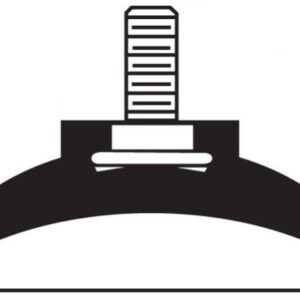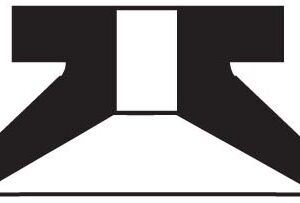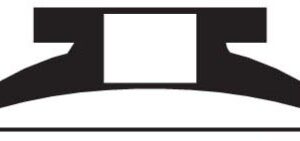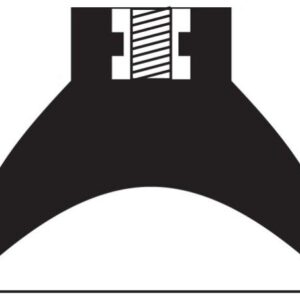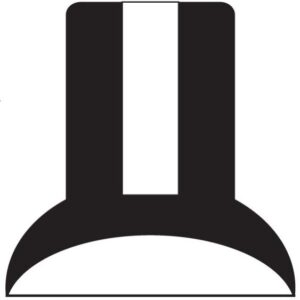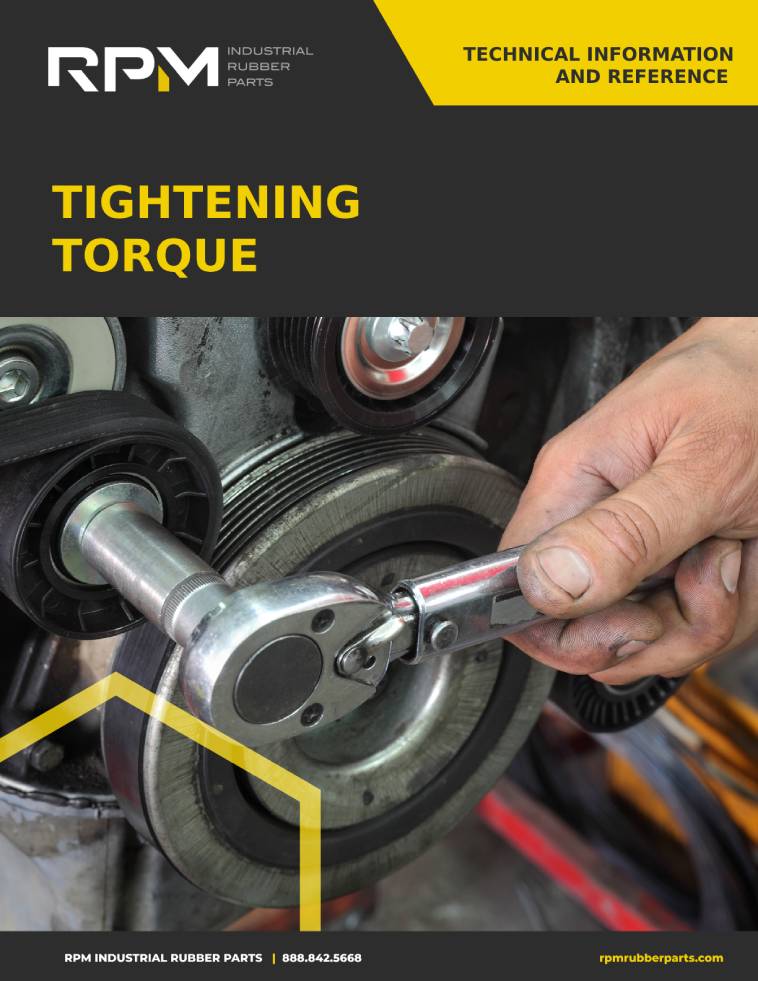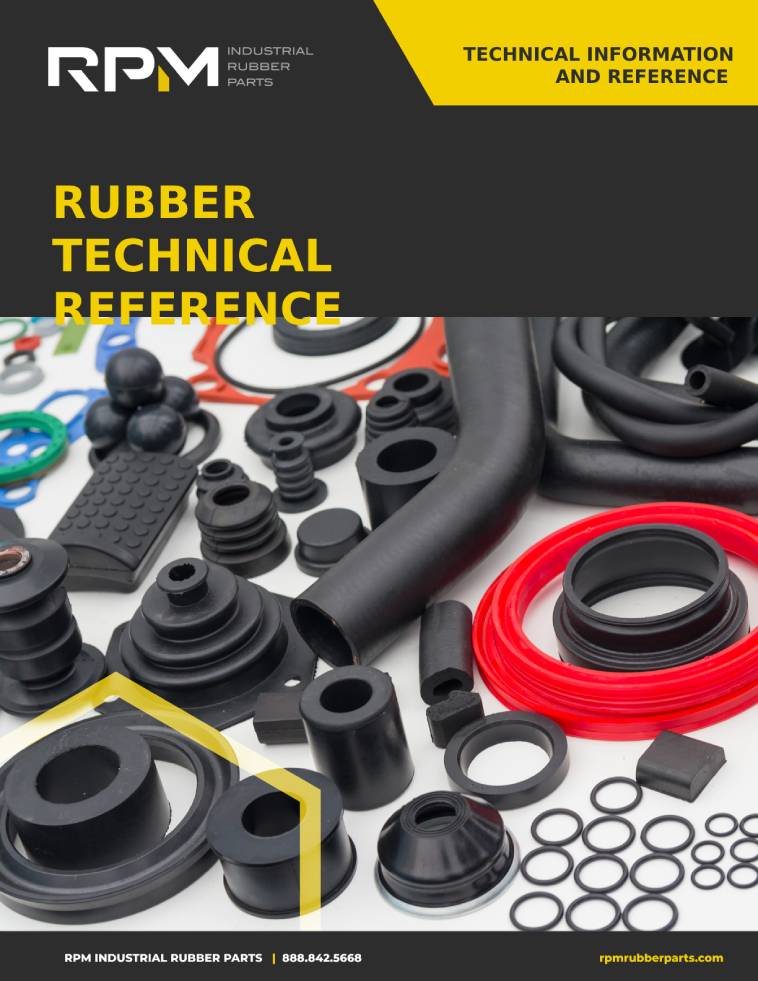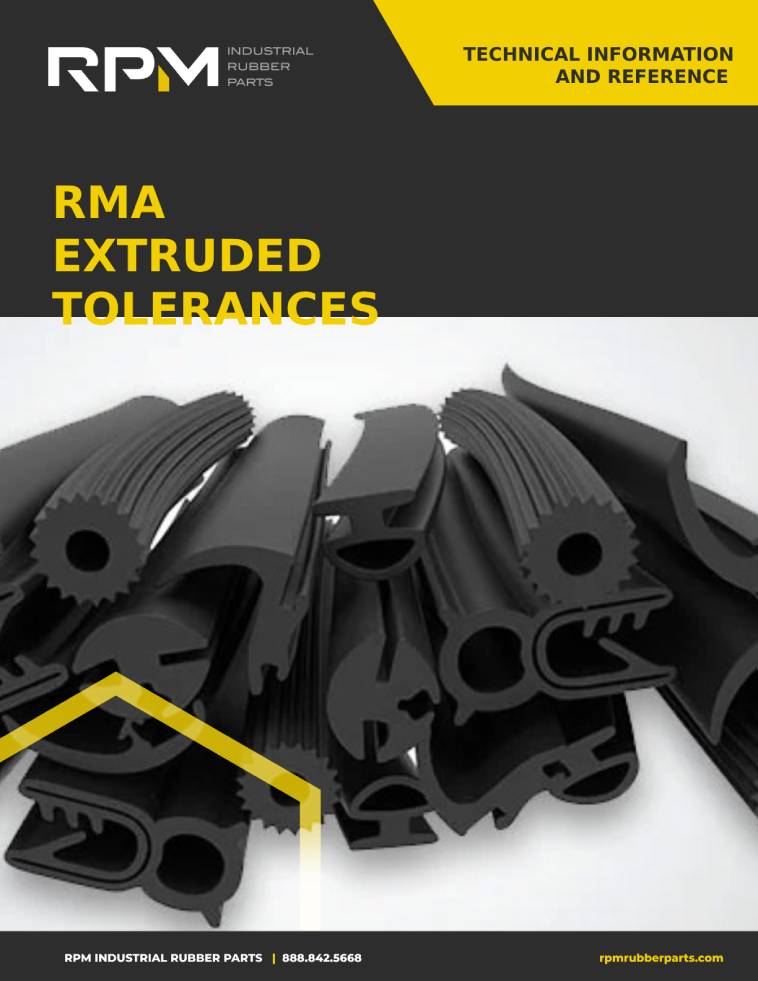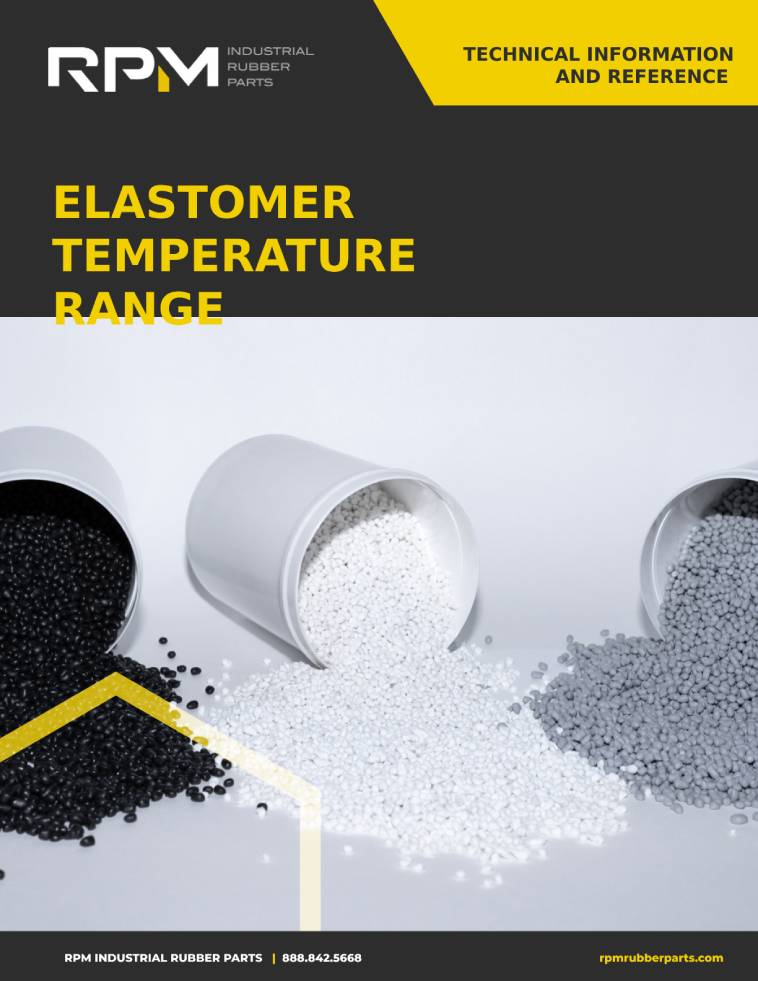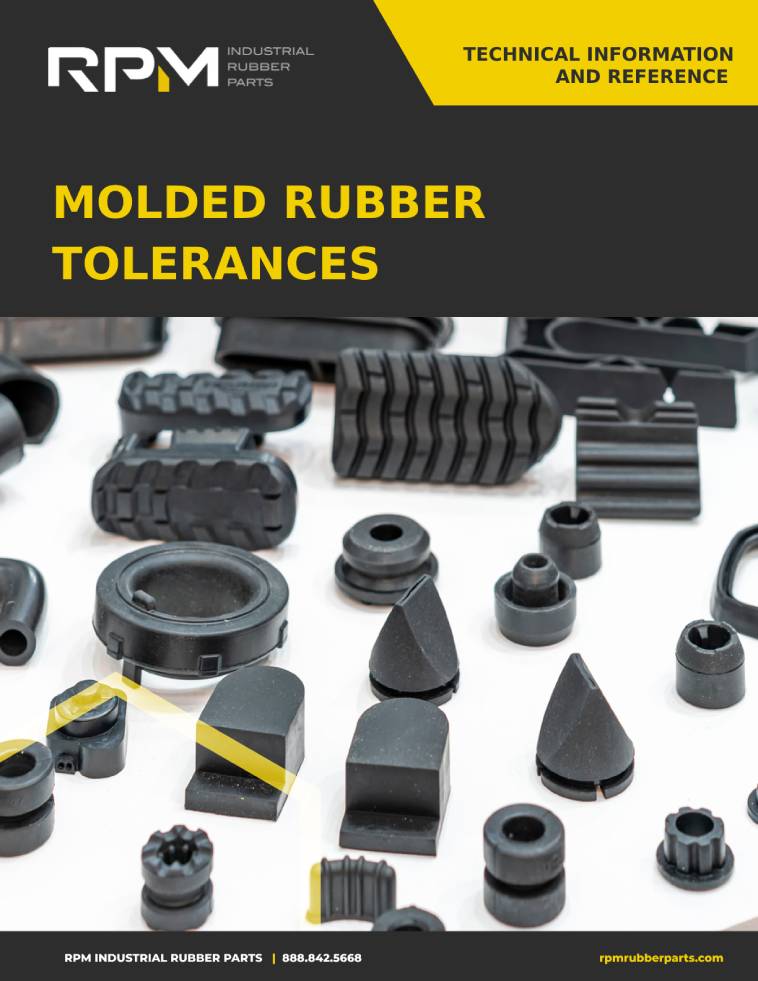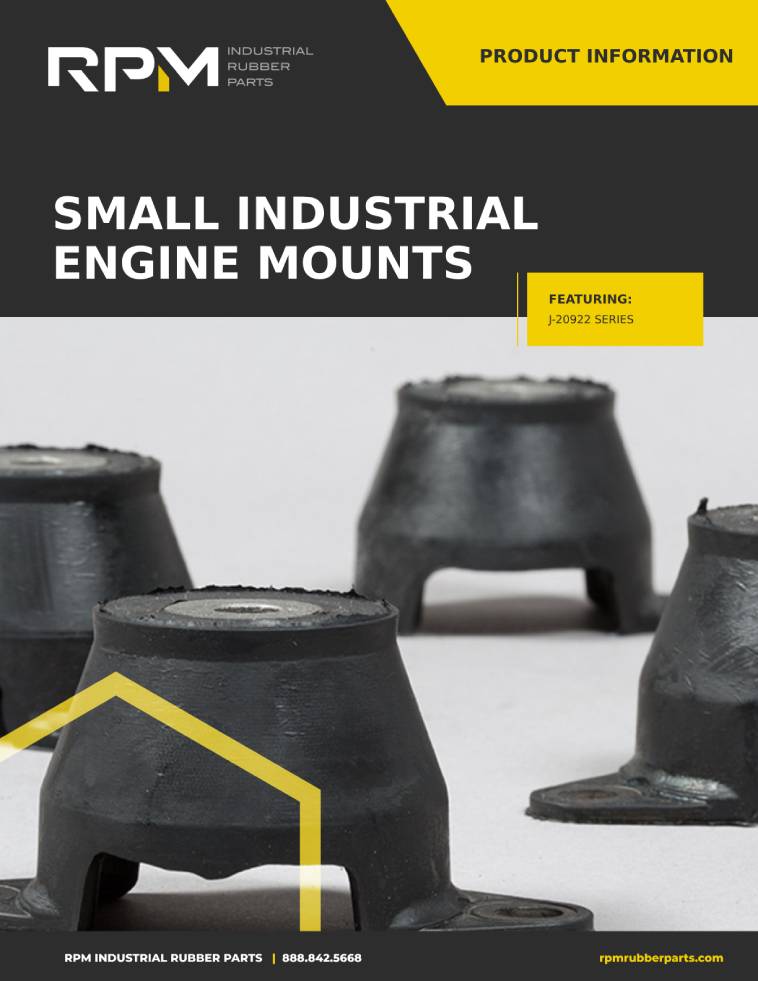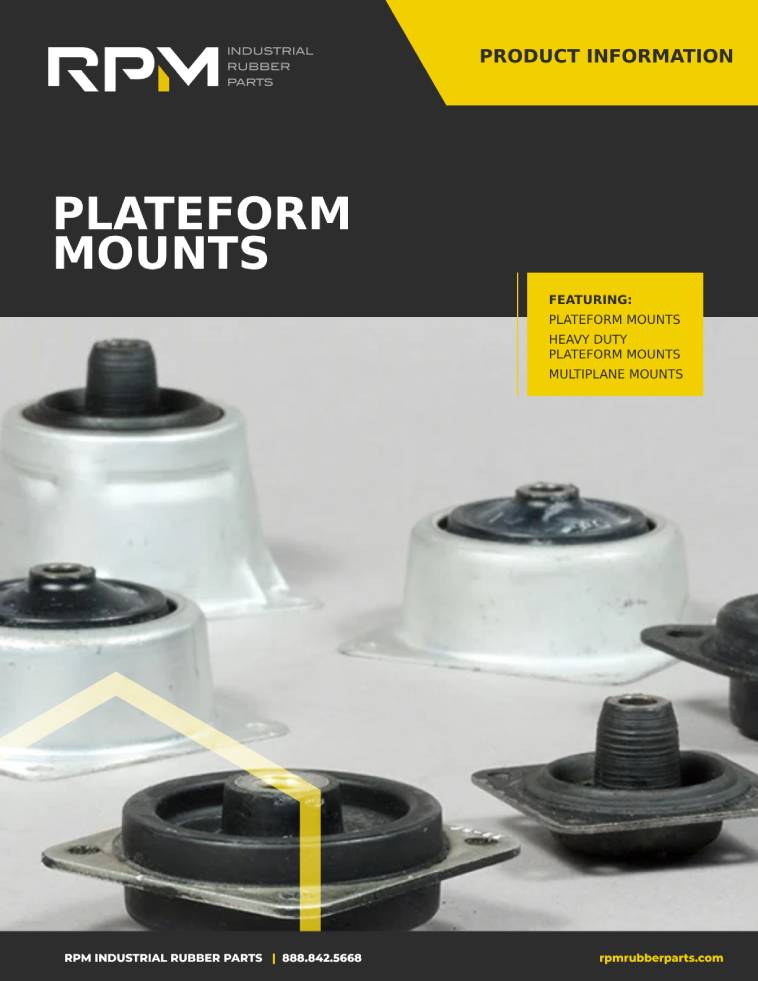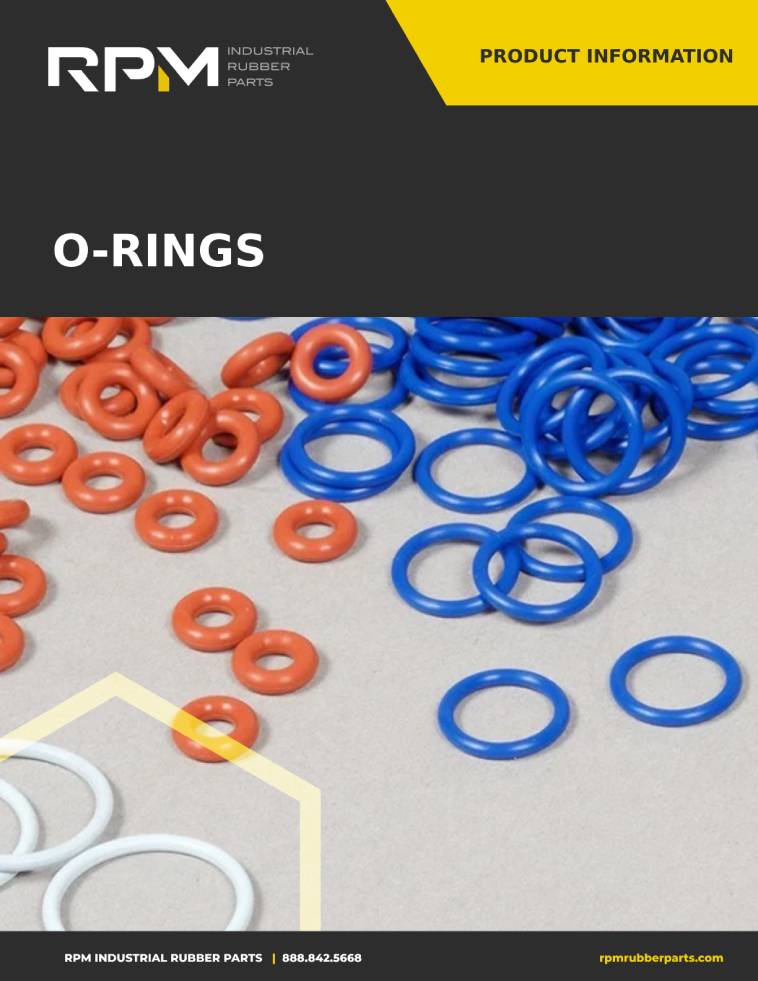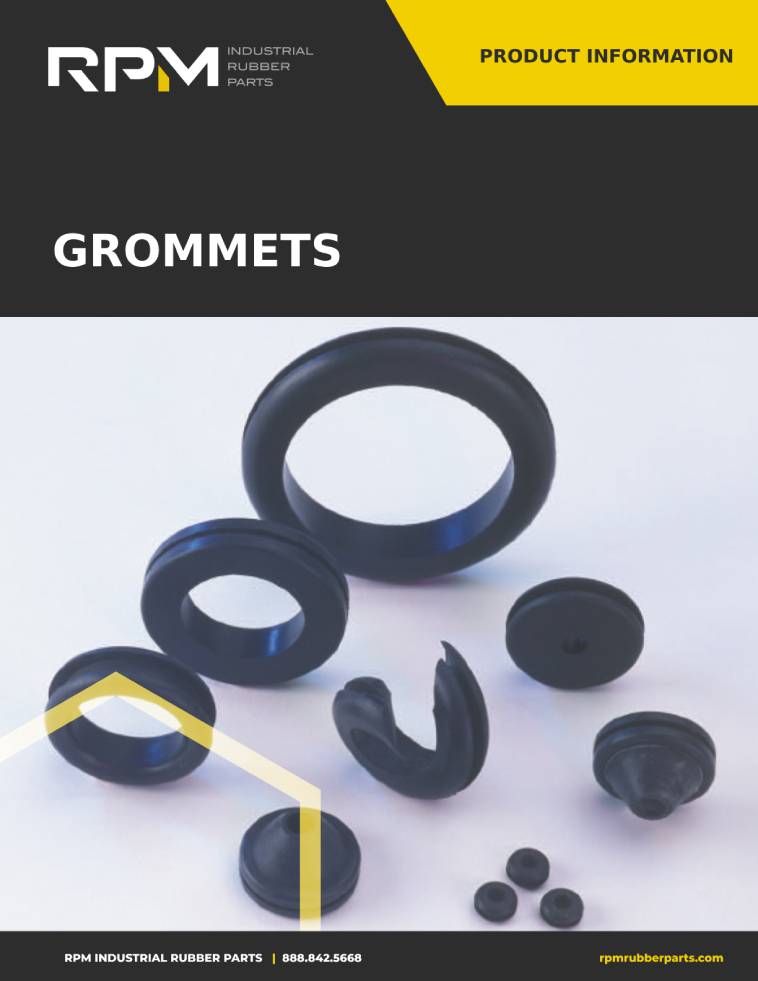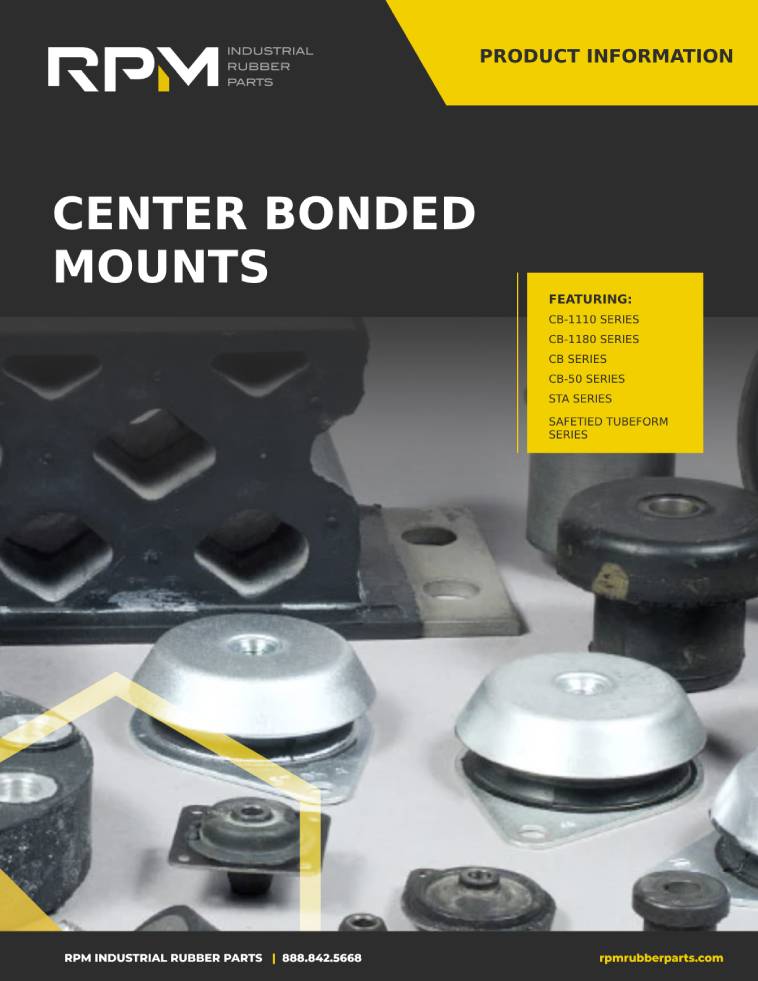Enhance your rubber to metal bonding process with our expert services at RPM Industrial Rubber Parts. Metal bonded rubber offers unmatched strength and durability, crucial for NVH (Noise, Vibration & Harshness) applications, ensuring optimal performance and safety.
Our customizable process creates reliable isolators tailored for various machines and equipment. Select your preferred elastomer and metal for bonding, considering factors like temperature resistance and durability, ensuring ideal material synergy for your application.
Metal Bonded Rubber Applications
Metal bonding can be performed on virtually any rubber part. This is what makes it so versatile and popular. There are many applications for the use of metal bonded rubber. Here are a few:
Discover the versatility of metal bonded rubber across industries:
- Automotive: Gaskets, seals, bushings, engine mounts, hangers, bumpers
- Agriculture: Seals, isolation mounts, pumps, stabilizers, ball joints, cab isolation
- Medical: O-rings, tubing, extrusions, pump compressor isolation
- Mass Transit: Valve seals, pedal, suspension, engine parts
- Construction: Conveyor belt, vibration reduction, isolation mounts, stabilizers
Metal bonding ensures the highest level of security. Bonded metal to rubber parts can last a long time, keeping users and equipment safe. Optimal outcomes are achievable as long as the right materials are used.
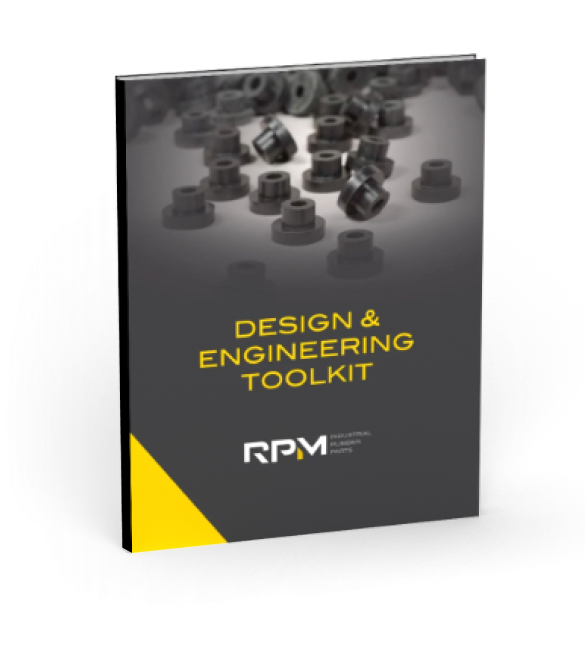
Do you really know everything about designing with rubber parts?
Get a free and valuable resource for finding or custom designing the exact part you need.
Materials for Rubber Metal Bonding
There are many different materials that can be used in the rubber metal bonding process. Take a look at the different kinds of rubber and metal materials that can be used in bonding.
Rubber
There are many metal options for rubber bonding. OEMs will choose a metal type depending on the application of the rubber part they need. If a manufacturer is looking for an inexpensive, durable material then they may choose aluminum. Here are five metal surface options that are commonly used in molded rubber parts:
- Natural Rubber (NR)
- Fluro-Elastomer (FKM)
- Ethylene-Propylene (EPDM)
- Nitrile (NBR)
- Neoprene (CR)
- Silicone (VMQ)
Metal
There are numerous options for rubber material, or polymers, that can be bonded with metal. Manufacturers choose the polymer based on the characteristics that they are looking for. For example, if a manufacturer needs an especially flexible polymer, they may choose silicone. These are the six most common rubbers used for metal rubber bonding:
- Steel
- Aluminum
- Brass
- Beryllium
- Copper
Steps of Rubber Metal Bonding
The rubber metal bonding process is carried out in six basic steps. In some methods, these steps vary a little. Here’s the basic process for rubber metal bonding:
- Choosing an elastomer
- Prepare the metal
- Prime the part (if necessary)
- Apply adhesive the metal part
- Molding and bonding
- Testing to ensure quality bond and load / deflection testing.
Elements like the kind of glue used and the adhesive system for application make a huge difference in terms of quality and durability.
Rubber to Metal Molding Methods
There are a few ways that rubber manufacturers apply metal to rubber through molding and adhesion. A manufacturer may choose a molding process based on product volume, manufacturing space, speed and price of equipment.
There are two main kinds of processes that can take place within molding methods:
Overmolding: This process occurs when rubber is molded over a metal substrate. With an overmolded part, both the rubber and metal will be visible. This allows manufacturers to create multiple layers of metal and rubber if needed. Seals are one of the most common overmolded parts.
Encapsulation: This process is also known as insert molding. To complete encapsulation, a metal insert will be placed in a mold before the rubber is added. The final product will be a part in which the metal is barely visible. This is most common in parts where wiring is used, such as o-rings.
Both of these processes can be used in rubber molding methods. The two most common molding methods for rubber metal bonding are transfer molding and injection molding.
Transfer Molding
This is one of the best methods for rubber to metal bonding. First, the metal parts are inserted into a heated mold. Then, solid rubber is pushed into the mold using a heated plunger, where it fills around the metal parts. The mold is cured and vulcanized at a high pressure and temperature. There are many benefits to using transfer molding for rubber metal bonding:
- Tools are less expensive than injection molding equipment
- Well-suited for complex shapes
- Less flash than compression molding methods, which reduces production time
Injection Molding
This method of rubber metal bonding uses a similar process as transfer molding. First, a metal piece is inserted into the mold. Then, a liquid elastomer is injected into the mold. Once the mold has been cured and vulcanized at a high pressure and temperature, the part is removed from the mold. Injection molding has many benefits for OEMs when used for rubber to metal bonding:
- More precise and produces less flash
- Quicker production time
- Well-suited for high volumes of product
Quality Custom Rubber Metal Bonding
There are many companies that provide rubber to metal bonding services. If you are looking for quality parts with excellent customization capabilities, look no further than RPM Industrial Rubber Parts.
At RPM Industrial Rubber Parts we provide a variety of standard rubber parts and rubber to metal bonding for custom parts. When you use our custom part service you will get to work with our engineers to design your part. Once it has been designed, we will send you the prototype for approval. Then, we will produce your part at the required volume.
With RPM Industrial Rubber Parts you can feel confident you will receive excellent customer service and high quality workmanship.
To get in touch with our team at RPM Industrial Rubber Parts, give us a call at (888) 842-5668 or contact us online.
Related Resource
The Engineer’s 7-minute Guide to Rubber Molded Parts
Our free resource is a quick-reference guide to help you determine if exploring a rubber part is right for your application.










